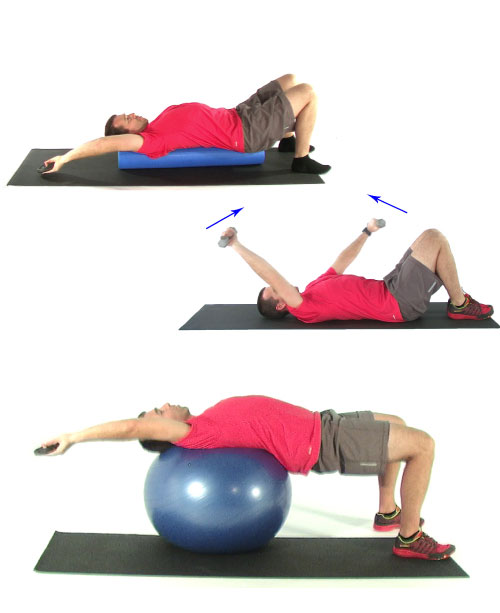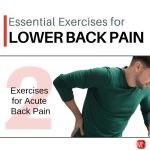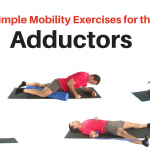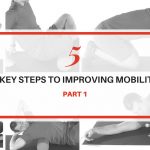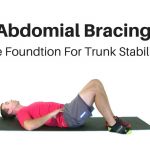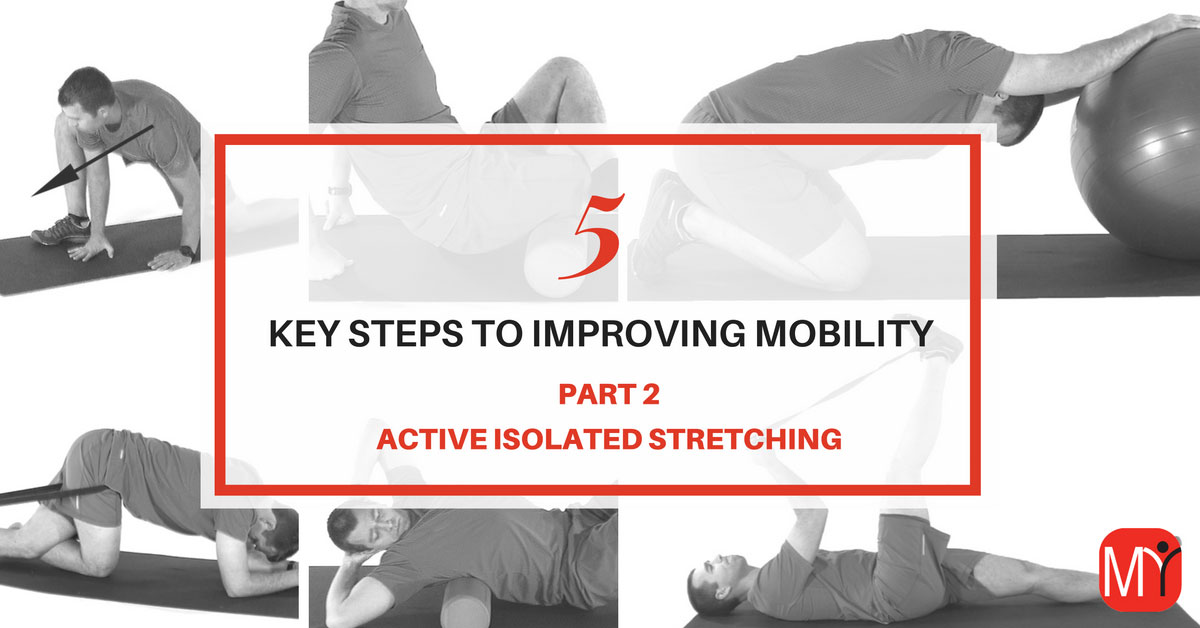
Better mobility requires the right exercises. That’s what we’re discussing in this 5 part article series. In Part 1 we discussed the importance of self myofascial release exercises. Now let’s get into Part 2 and discuss one of my favorite and most efficient type of mobility exercise, Active Isolated Stretching.
Active Isolated Stretching (AIS)
We know that tight muscles rarely exist in isolation. They are part of a neuro-mechanical process that includes altered tone along with weakness or poor control of opposing muscle groups. If our goal is to improve mobility we need to consider not only the tight muscle itself, but also the dysfunctional complex.
This is why Active Isolated Stretching is one my go-to home exercise staples. Not only is it effective at improving basic flexibility but it also works to strengthen opposing muscles and builds control of joint movement. That makes these exercises effective and very efficient. You get a lot of bang for your buck.
Here’s how it works….
Originally proposed by Aaron Mattes, the Active Isolated Stretching method utilizes the contraction of opposing muscles groups in combination with passive assistance to achieve a deeper stretch. This passive assistance is typically provided by a strap the patient can use to gently pull the limb. Or by positioning the body so that gravity assists in pulling the joint into a greater range.
This passive assistance is light. When using a strap the patient will only apply 1-2 lbs of pull. And typically only a 2-3 lb weight is used when gravity provides the passive assistance.
Also, the stretch is only held for a few seconds. With mobility I really like multiple repetitions of shorter duration stretches. I think it’s more functional as it is closer to how the body needs to stretch and move in life.
One of the ideas behind this type of stretching is that the active contraction of the opposing muscles helps to reflexively inhibit the muscles being stretched, thus minimizing the stretch reflex. As mentioned above, I also love this because it helps to promote muscle balance and control around a joint which is lacking in many of our patients.
If you are a My Rehab Connection subscriber you can find a ton of Active Isolated Stretching exercises in the Exercise Library. Just type ‘AIS’ in search menu. Here are a few examples…
Hamstring AIS Stretch
In the previous article I talked about how rolling the hamstrings can help release restrictions and set up the next mobility exercise in the sequence. Well here it is…the Hamstring AIS Stretch.
- From a supine position, with a strap secured to one foot the patient actively lifts their leg into the air.
- Towards the top of the motion they can gently pull their leg higher to increase the stretch.
- To be most effective keep the abdominal muscles braced and gently press the opposite leg into the floor – this will stabilize the pelvis and lower back.
- Hold the stretch for 2 seconds then return to the floor. Usually 10 repetitions is all they need.
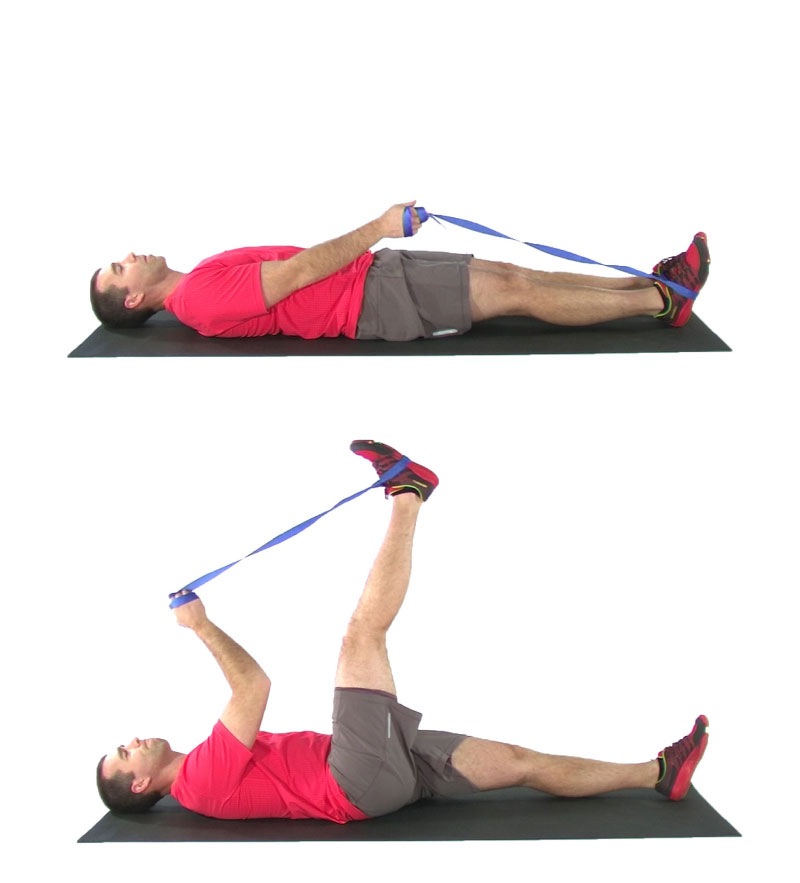
Supine Shoulder Flexion AIS (Overhead Reach AIS Stretch)
The last article also talked about the lat-triceps smash and floss exercise to help improve overhead mobility. I usually follow up the smash and floss with an Overhead Reach AIS stretch. I especially like how it integrates scapular mobility into the movement… Like I said, more bang for your buck.
- Have your patient begin on their back in a hook lying position while holding a small weight in their hand.
- They then brace their abdominal muscles to stabilize their trunk and raise an arm overhead.
- As the arm gets towards the top of the motion have them extend their shoulder blade so the lower corner of their scapula presses in towards their rib cage – this should allow the arm to drop further back.
- Note how in this exercise it is gravity that is providing the passive assistance need to pull the shoulder into a deeper stretch.
- Hold the arm overhead for 1-2 seconds then raise the arm back up to release the stretch.
- Perform 10 repetitions.
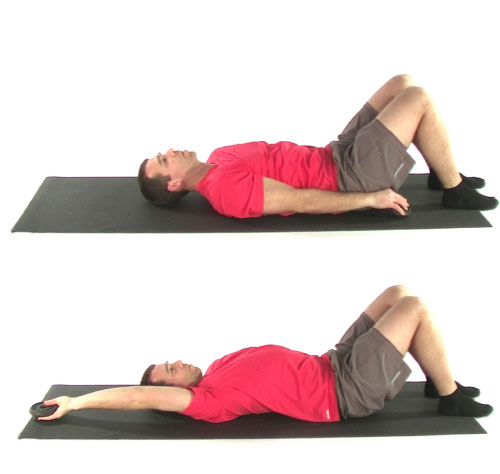
This is my favorite variation of this exercise, at least to start. But there are a few different progressions that can be really effective depending on the specific dysfunction. Once you understand the basic principles and the patient gets the basic movement you can really tailor this to the patient specific needs.
Here are a few examples of these variations.
